Can physical stores improve shopper wellbeing?
By Retail4Growth Bureau | December 15, 2022
After understanding the possibilities of wellbeing in retail, the challenge is for designers to translate broad strategies into design solutions, says this article by Quinine Design on the perspectives surrounding wellbeing that should influence retail design. Presented below are excerpts.
Retail therapy is not about a product or service that may improve wellbeing, but about the accompanying store experience. It’s important to differentiate between the two. Many retail businesses sell products aimed at improving wellbeing. But retail therapy focuses on store experiences with detachment from product or service benefits. The activity of shopping for clothes, shoes or a new phone could be an experience that alleviates stress or momentarily improves well-being.
How can the physical store experience improve the well-being of shoppers? Below we have identified several perspectives surrounding well-being that should influence retail design.
The importance of retail as a social leisure
The psychological benefits of social interactions and social leisure are well known. Informal social activities, such as conversations with friends or participation in community activities, have a greater positive impact on well-being than solitary leisure activities. Shopping has always been a social activity for some people, but more can be done to encourage shopping as a social pastime. Retail brands can provide more opportunities for social leisure by intentionally facilitating these experiences in stores. Facilitating social experiences is how retailers will provide a more enjoyable customer experience.
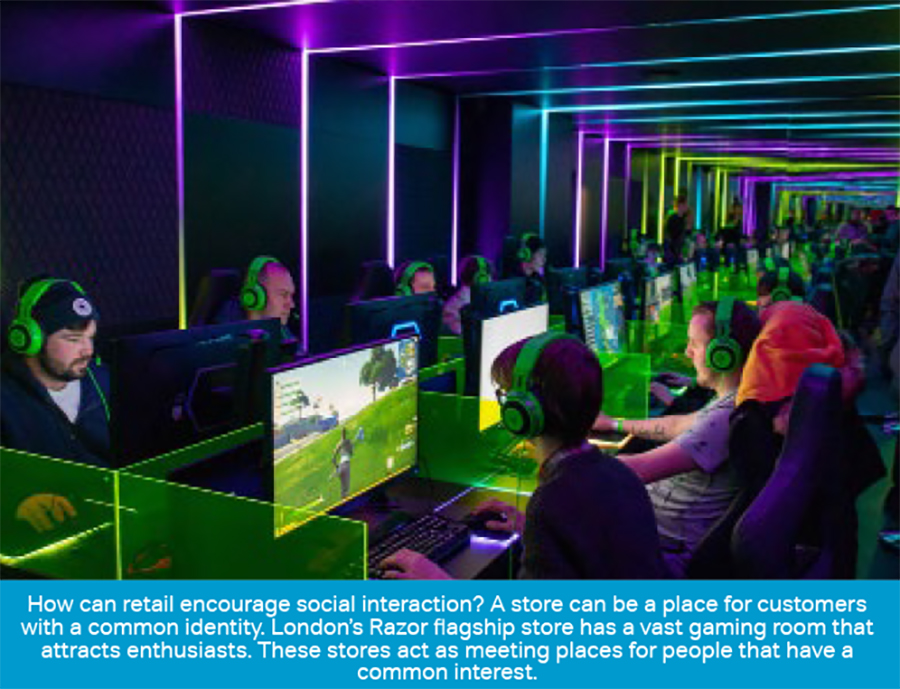
The social benefits of retail are especially pertinent for the elderly. Younger members of society have much larger social networks and more regular social interactions as a by-product of work or school.
This is where retail can have its greatest impact on public health, perhaps its greatest positive impact on society in general. Considering the size and financial resources of current ageing populations, providing store experiences that are inviting, engaging and active for older shoppers is a massive opportunity for retail brands.
Nice on the eye, good for the brain
Exciting new domains of research are merging psychology, cognitive neuroscience and design. While the relationship between the three is not yet clear, previous studies have found viewing art improves psychological and physiological states that enhance well-being. A 2006 study by Clow and Fredhoi found that visiting the Guildhall Art Gallery in London lowered participants' salivary cortisol levels and (subjective) stress levels. Neuroaesthetics explains how aesthetic experiences can influence our well-being - simplified, viewing something that is visually pleasing leads to positive emotion by activating brain regions associated with reward and emotion processing.

This sheds new light on the importance of aesthetics in retail store design. Can a visually pleasing store leave customers feeling more positive about their store experience? At the 2019 Salon del Mobile in Milan, an exhibition presented by Google measured physiological responses to three interior environments. Using wristbands to measure biometrics, showed that visitors’ heart rate, skin conductivity, skin temperature, and breathing rate responded to design elements such as lighting, furnishing, colour, scent, and music. This begins to provide scientific evidence that retail designers can meaningfully use aesthetics to reduce stress or arouse a physiological response in a store environment.
The power of a self-actualising store experience
The field of positive psychology has established that being in a ‘flow’ state improves our well-being. A flow state refers to a mental state when we are immersed in an activity, focused, energised and aligned with the task at hand. It’s an active, meditative state where there is a balance between the skills of a person and the challenge of the activity with a clear goal in mind. How flow states influence our well-being should be front of mind when designing any person-centred experience, including retail.
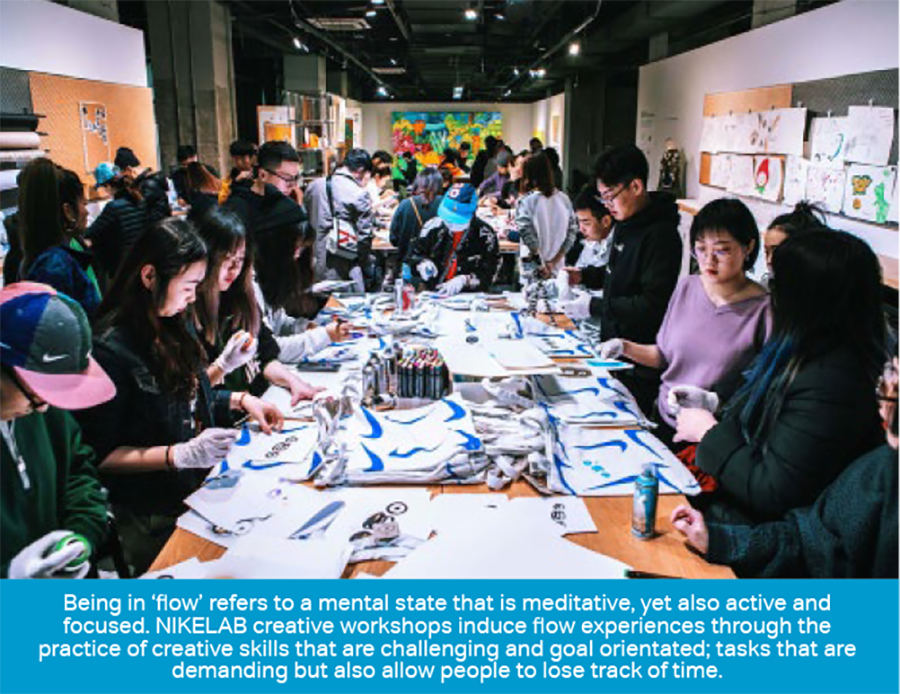
Science journal Environment and Behaviour published a study analysing the daily experiences and well-being of 500 U.S. families, which found that individuals that had stronger ‘flow experiences’ in their leisure activities showed greater levels of well-being. Another study by the science journal Leisure Studies analysed the daily experiences of older adults and found that flow experiences and ‘serious leisure’ were associated with positive (affective) well-being. ‘Serious leisure’, in many ways similar to flow, was defined as an activity demanding commitment, something that satisfies with personal or social rewards. Is it possible this is an insight into what can make the most rewarding retail experience? Perhaps rather than comfort, we seek a challenge and rather than service, we seek enrichment.
For brands, the most positive function of a store is to create an environment that facilitates and builds a relationship between customers and the brand. This is the ambitious goal of idealistic retail designers and businesses alike. Can retail experiences that encourage a state of ‘flow’ deliver this desired level of customer attachment to the brand? Research published in Frontiers in Psychology found that flow-induced activities also establish deep connections to the location in which they take place. We associate the feelings of personal growth, learning and development with that specific environment. The future of retail must take advantage of this.
There is no universal experience for improving wellbeing
A store’s ability to be personalised and adaptable is incredibly relevant in the context of shopper well-being. There are numerous formulas for creating a retail experience that may contribute to improved well-being. The customer circumstances, brand values and product offering must all be considered in identifying the ideal strategy to improve well-being. Brands and retail designers must understand who the customers are and what relationship they have with the brand.
Retailers should leverage these insights to stand out and to move their store past the transactional. Many of these insights suggest store objectives that are not new, but this understanding reaffirms the need to shift stores towards prioritising experiences instead of transactions. After understanding the possibilities of well-being in retail, the challenge is for designers to translate these broader strategies into design solutions. How does a store achieve flow experiences that integrate customer and brand missions? How do we design the right social or escapist experiences? The challenge also lies in the decision-making that precedes design decisions. Are there designers bold enough to create experiences that are challenging rather than comfortable or convenient? Are there senior leaders in retail willing to make profound decisions to prioritise customer well-being in their store experiences? This new perspective on the physical store can be a reinvigorating mission for retail brands, a way to stand out among competitors and be a positive force for good. Focusing on customer wellness can act as a new way to create loyal connections and new brand ambassadors. There is no bigger issue than wellbeing, and as with other prominent social issues, retail has a duty to have a positive impact
Source: http://www.quininedesign.com
Pics courtesy: Quinine Design


_165_265.jpg)
_165_265.jpg)

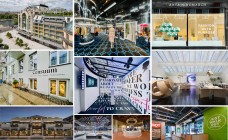
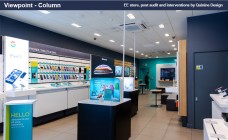

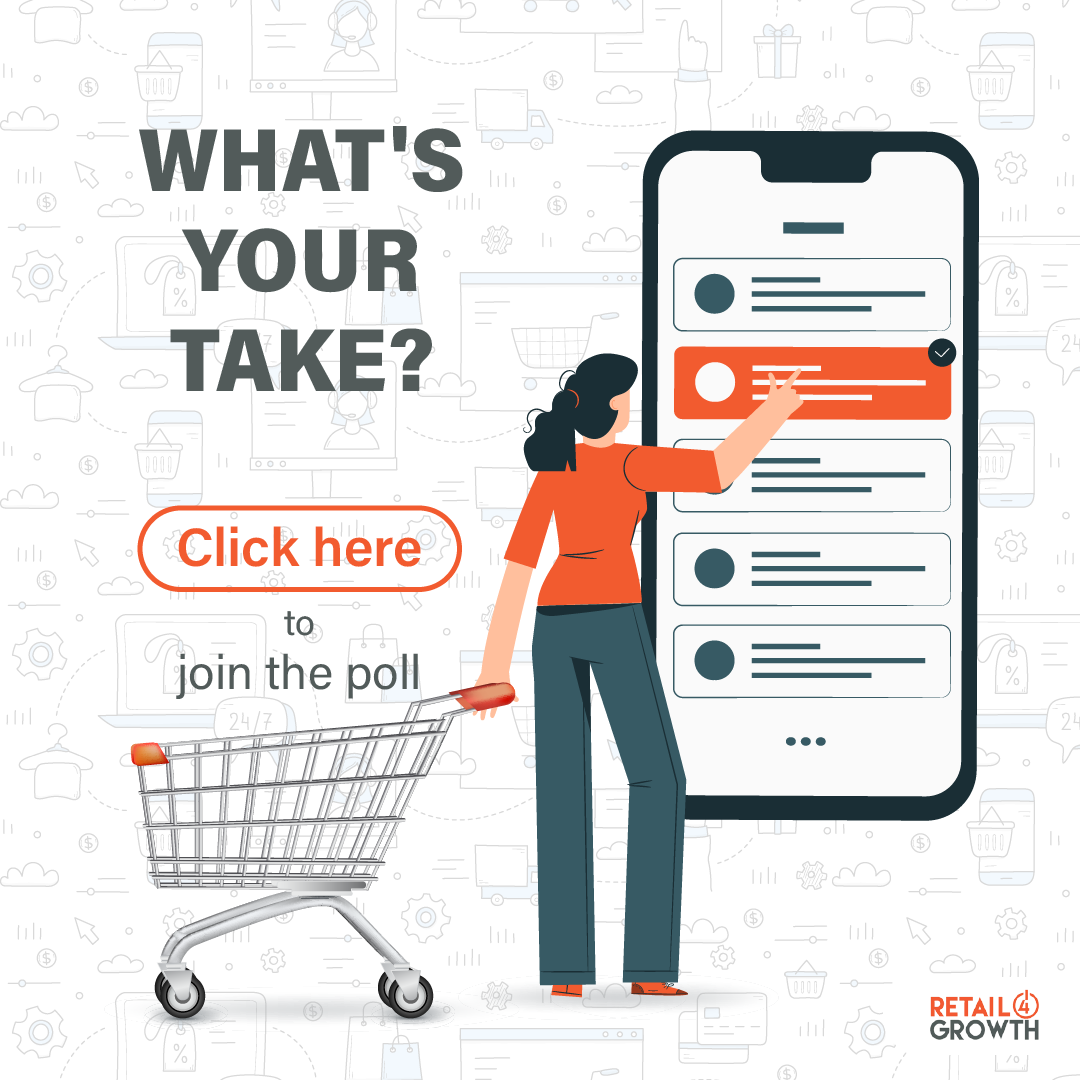
Comments